Next Generation of Student Giving
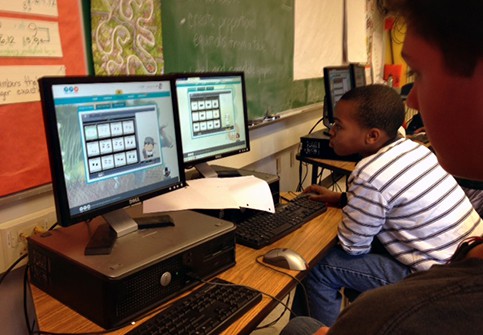
The Holiday Season is synonymous with giving. During the season of giving, canned food drives and giving trees are commonplace in classrooms as ways for students to give back. As implementation of digital tools increase, new opportunities are emerging that leverage student learning and engagement to make possible social awareness and philanthropy.
Student giving is changing. Students are donating their time and driving donations to charities in new ways. Community service projects and canned food drive are still around, but robust national service programs and digital platforms are creating innovative opportunities for students to give back.
Think Through Math (TTM), a web-based math learning software for students through Algebra 1, is equipped with a donation function for students to simultaneously progress through math instruction while donating to featured charities. Students convert generated points they earn by completing lessons that TTM in turn converts to donations. Known as “THINK Nation” this network of classrooms has triggered thousands of dollars across the country for non-profits.
This month we visited a local Seattle school, Orca K-8, where students are learning through TTM for homework and in-class assignments. Orca implemented TTM at the beginning of the school year, and following Veteran’s Day, students have chosen to donate the most points to the Wounded Warrior Project among eight featured charities.
“It’s all about connections. Connecting learning with giving back and linking a deeper meaning to everything that we do,” said Jeff McKenzie who uses TTM and teaches middle school math and science at Orca.
When we asked students how they felt, know that they were learning and giving, one 6th grader student said,”It’s the opposite of feeling bad. You feel good inside.” This emotional connection to learning and giving is a characteristic of next gen student giving. Students are driven by the positive experience of giving by learning, and learning to give. This feeling was examined in a Harvard Business School working paper that found that happier people give more, and giving causes increased happiness. This relationship between giving and happiness, when made available with digital learning tools, has the potential to unleash new opportunities to include social responsibility with standards based curricula.
But don’t think that the potential for next gen student giving lies only in the implementation of capable software in the classroom. The same students at Orca who are using TTM are crafting fleece hats, using math skills to accurately measure dimensions to sew hats to donate to a local clothes drive.
Comprehensive efforts to harness the creativity, academic and optimistic prowess of students and teachers, and digital platforms to create change and address today’s most pressing problems are more prevalent than you might think.
With Schoola, parents request a bag that they fill with clothing items that are resold to generate funding for participating schools. Schools can also organize their own donation drive where students take home a bag to fill and return with clothes.
DonorsChoose.org is an online charity platform where public school teachers post classroom project requests for users to give any amount that inspires them.
Easily the most preeminent platform is Kickstarter, where students not only crowdfund for projects of their own but for charities as well. Non-profit social media guru, Beth Kanter describes this growing trend of “Philanthrokids” and how their online philanthropy aligns with larger funding campaigns such as Giving Tuesday and Giving Days.
We Day, and the year-long educational initiative called We Act, empowers students to see themselves as global citizens by offering online curricular resources, campaigns and materials. This movement of digital citizen students and teachers culminates in large scale student facing events in Canada, England and the US where high profile celebrities (and even royalty) speak on global issues and how young people can solve them through education.
Philanthropy is a learned skill. Teaching philanthropy must take place where the students of today learn, on digital platforms. Next gen student giving is characterized by digital-social learning opportunities that harness the capability of software that combines learning with giving, and social responsibility.
What’s next in next gen student giving? “Students need to know that there are countless ways to make a positive difference in the lives of others,” says Nicola Davis. Awareness of potential, confidence in capability, and opportunity for students must be capitalized as new tools unleash student giving through digital platforms.

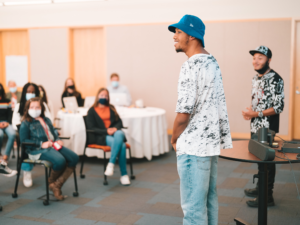
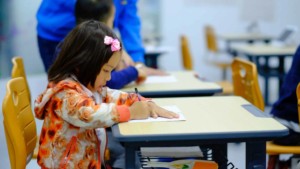
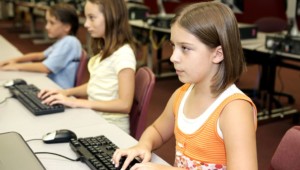
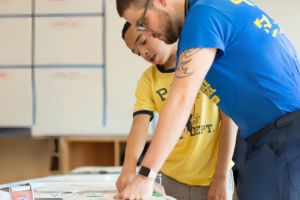
0 Comments
Leave a Comment
Your email address will not be published. All fields are required.